Caminati Festschrift
Category : General News Group News
Jens-Uwe Grabow, Alberto Lesarri and Sonia Melandri acted as Guest Editors of two special volumes of the Journal of Molecular Spectroscopy dedicated to honour Prof. Walther Caminati on his retirement, with the title “Spectroscopy and inter/intramolecular dynamics in honor of Walther Caminati”. Prof. Caminati is one of the most important contributors to the development of rotational spectroscopy worldwide, publishing more than 400 articles in his career, with particular attention to molecules and molecular complexes presenting large amplitude internal dynamics.
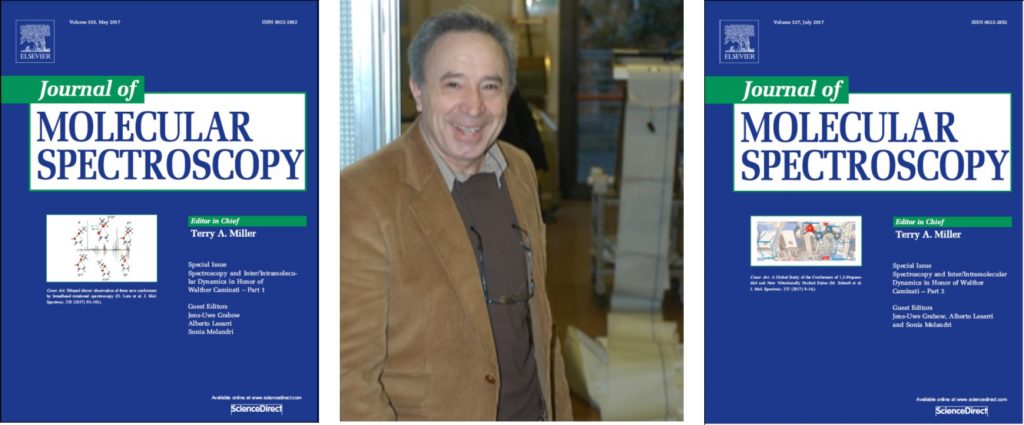
In the picture issues 335 and 337 of the Journal of Molecular Spectroscopy and Prof. Caminati.


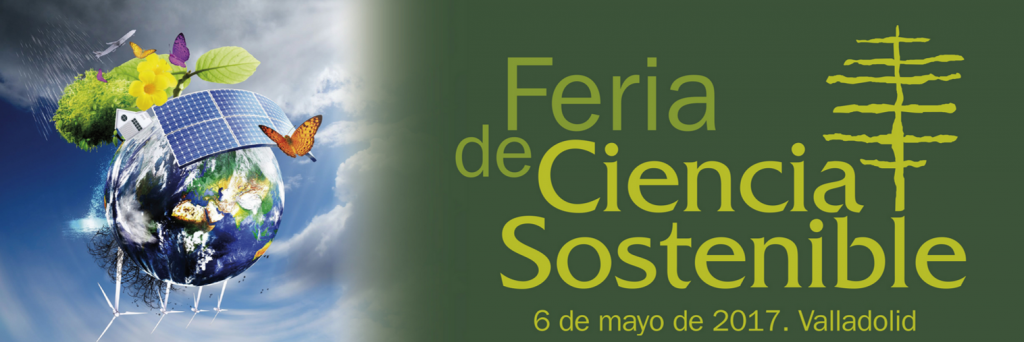
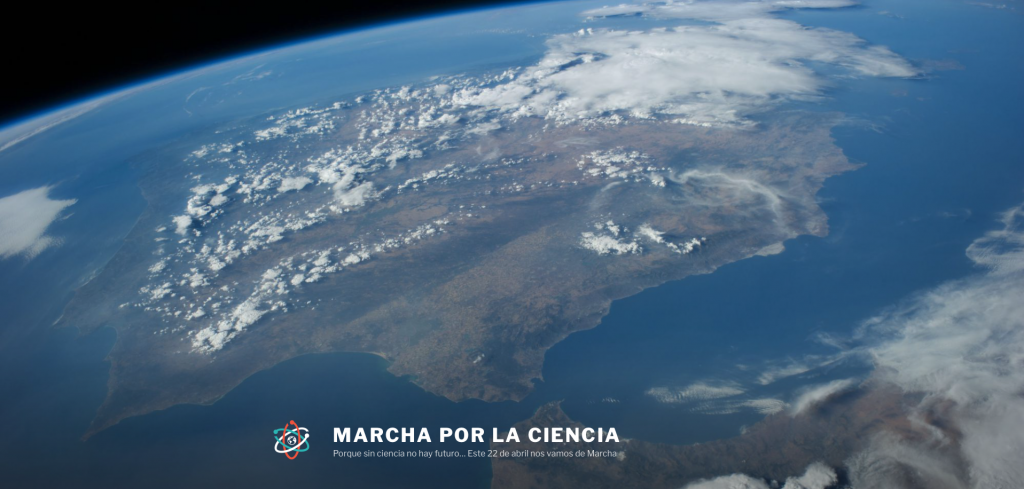

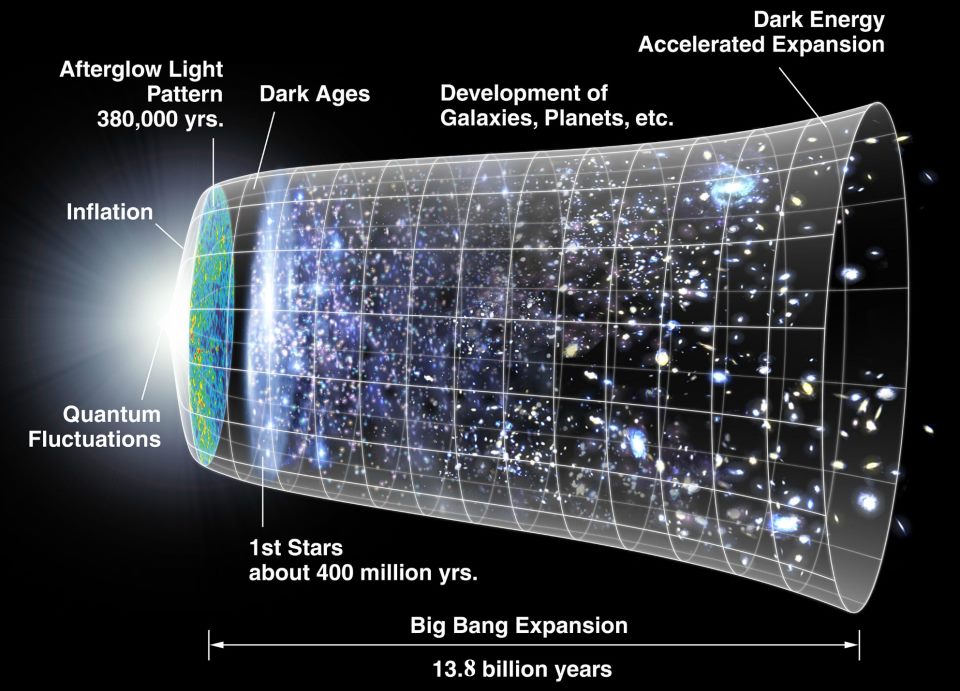
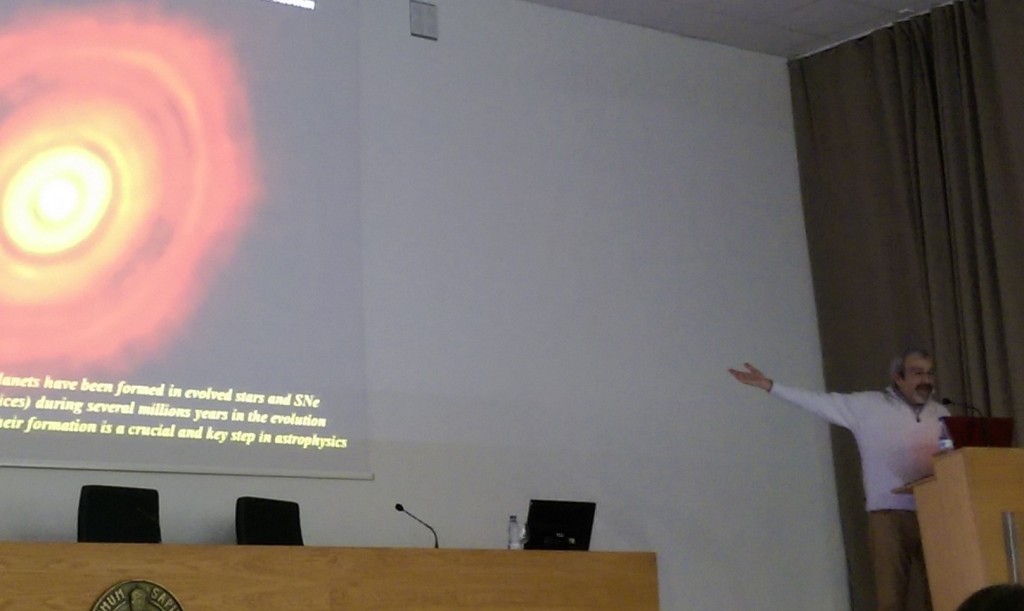


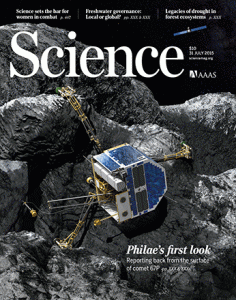

Recent Comments